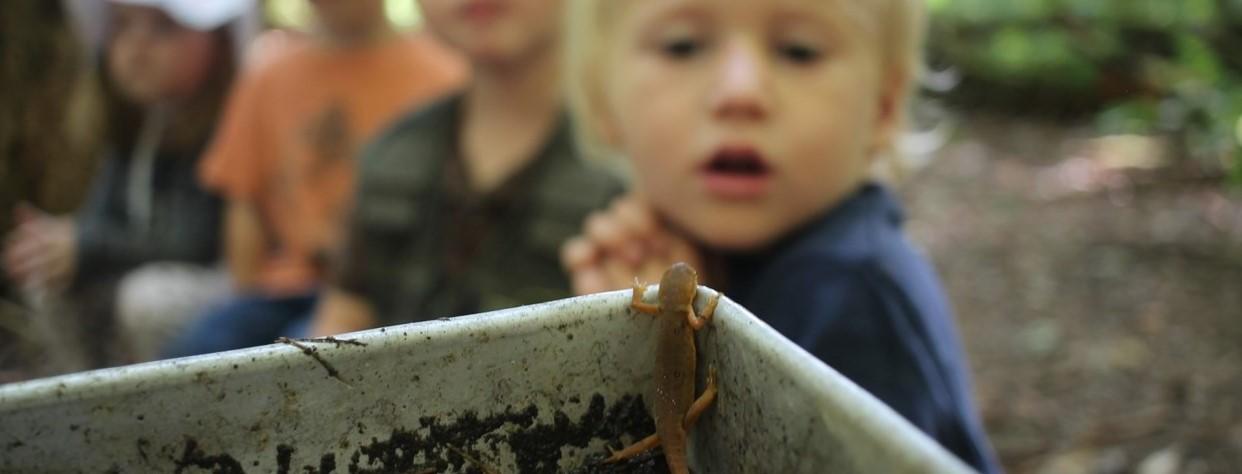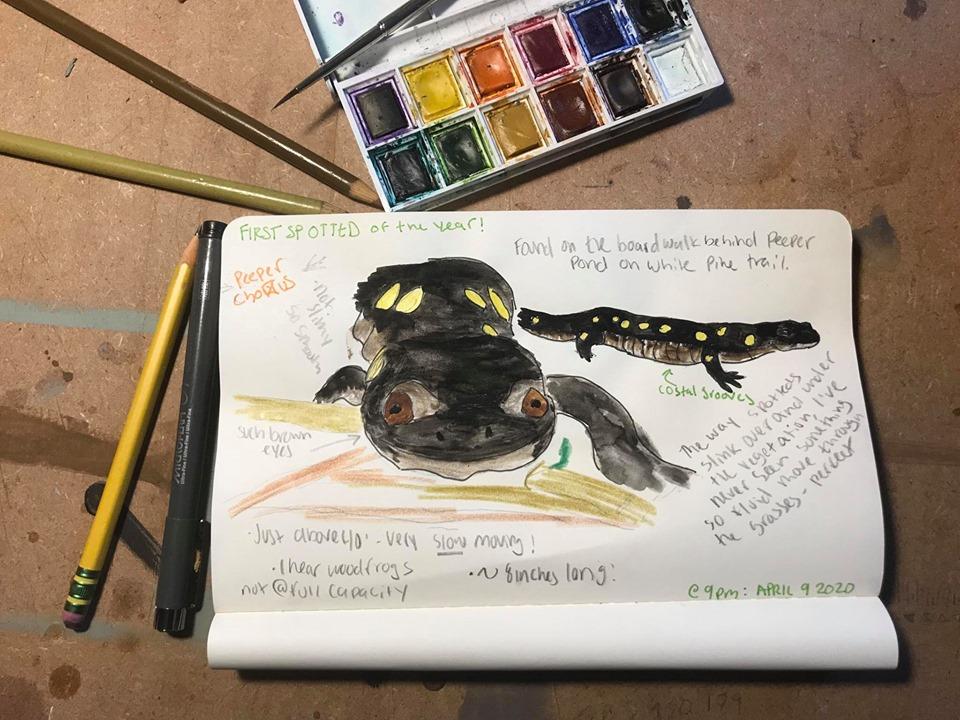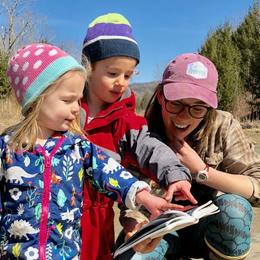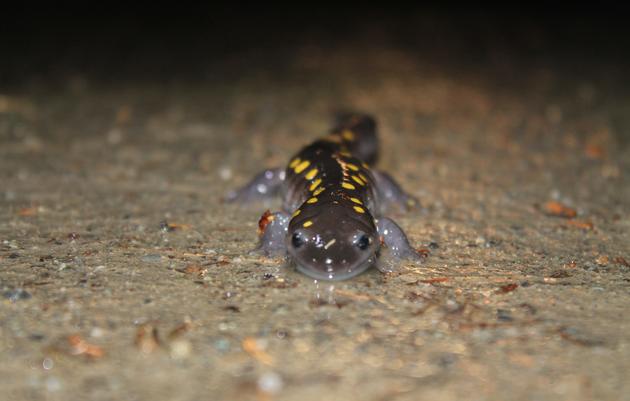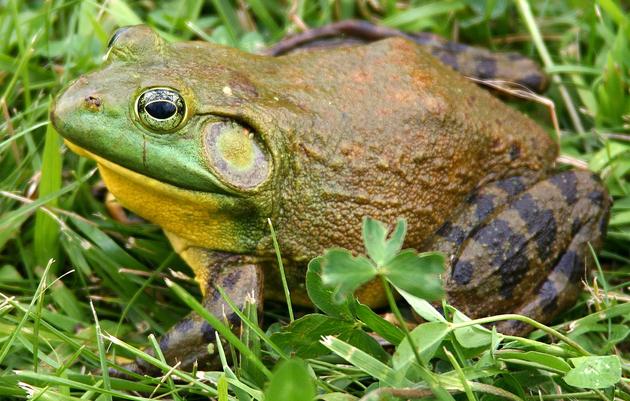Amazing Amphibians Are:
A class with FROGS, TOADS, NEWTS, and SALAMANDERS. They need water or a moist environment to survive. Each of these amazing creatures can breathe and absorb water through their thin skin. Because of this incredible ability and hypersensitivity to their environment amphibians are indicators of a healthy environment.
- Try to describe the differences between frogs, toads, newts, and salamanders?
Salamanders and newts have long slender bodies with tails. Their four legs are mostly similar in size. Frogs and toads have longer, stronger back legs and shorter front legs, which is useful for hopping. Frogs and toads have tails for part of their life, but lose them as they metamorphose into an adult. Toads have less slimy and bumpier skin compared to frogs. Some salamanders are considered newts. There are one species of newt in Vermont, called the Eastern Newt. They spend their larval stage in the water with external gills, then morph into an eft and spend a few years as a terrestrial creature and morph again to spend the rest of their life fully aquatic, with a fish-like tail! Not all salamanders are newts but all newts are salamanders.
There are FOUR characteristics that make amphibians:
- COLD BLOODED
That means that they need to warm up from their surroundings and do not make their own heat as we do.
- Who else makes their own heat?
Mammals and birds!
- Where are some good places to warm up if you were a frog or salamander?
Perhaps a rock, a log, a lily pad!
2. VERTEBRATE ANIMALS
Vertebrate animals are creatures with a vertebrate (a backbone or spine). Lots of animals have spines like birds, fish, reptiles, of course, amphibians, and you! Feel your backbone or spine they have one just like us!
3. Spend part of their life in WATER and part on LAND.
Amphibians have an aquatic gill-breathing larval stage followed (typically) by a terrestrial lung-breathing adult stage. This means they often go from living completely in the water with external gills and then they breathe through their skin and live on land. Expect for newts, who return to the water for the rest of their life. The larva stage or baby stage often looks very different from their adult stage.
- What's it called when something changes completely throughout its life? Like a caterpillar turning into a butterfly?
Metamorphosis, that’s what amphibians do too!
- Do humans go through metamorphosis? How about puppies or dogs?
No. Even though puppies and humans look different, the majority of the physical characteristics stay the same, unlike amphibians and some insects.
- What are young (or larva) frogs called?
Tadpoles.
These two creatures below are the same! They are just at different life stages: top aquatic red eft larva, bottomland red eft.

Audubon Vermont Night #2!
Monitoring Amphibian Crossing at Audubon Vermont Night #2!
*Myers, 2003

